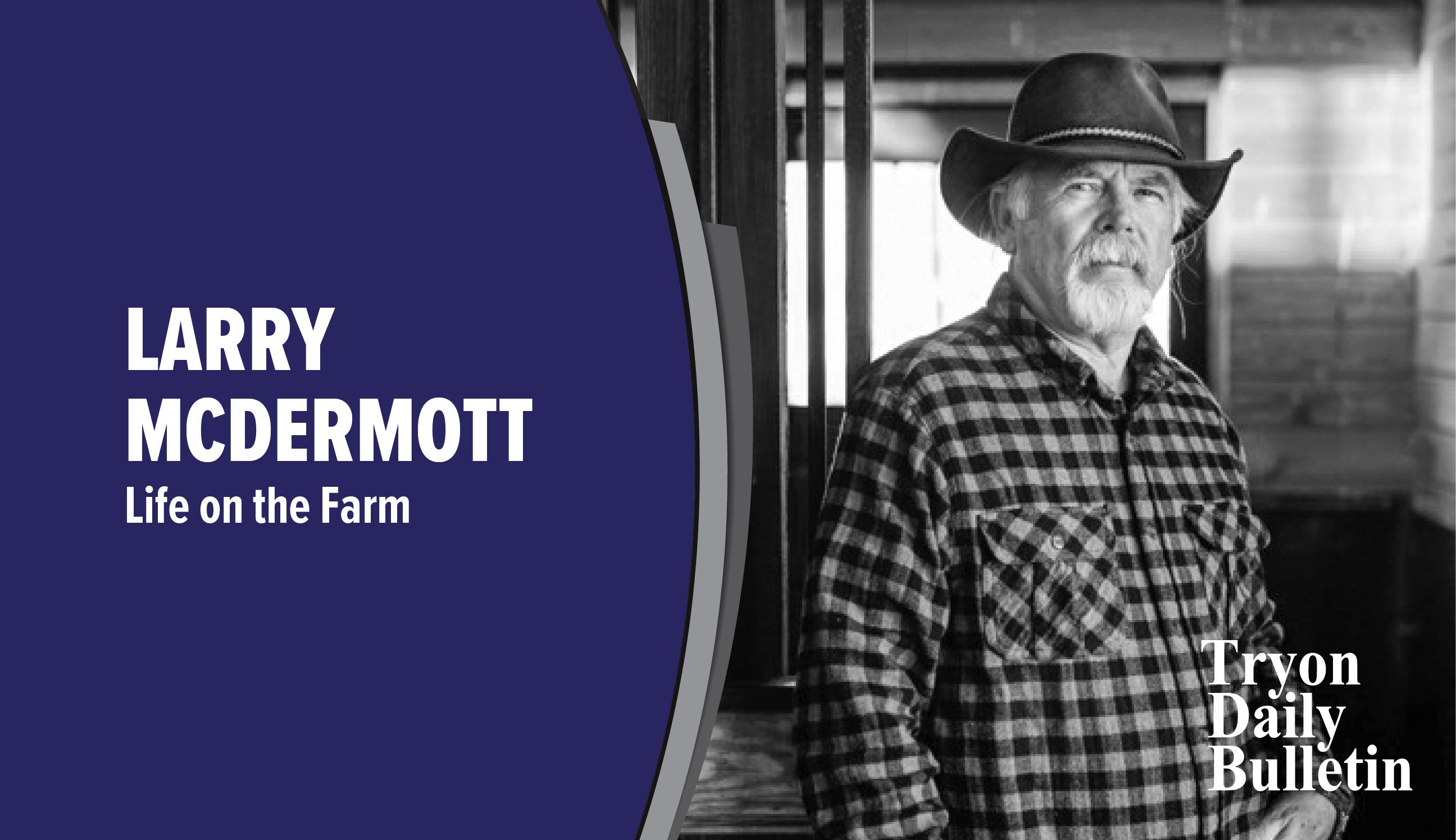Corporate America sees the light of native plants
Published 10:44 am Thursday, July 6, 2023
|
Getting your Trinity Audio player ready...
|
Some good news this week. Planting native plants instead of the hybrid, and sometimes invasive, plants, is starting to take root–in the corporate community, of all places.
More companies are now saying goodbye to manicured grass that requires a dump truck load of fertilizer and a river of water to maintain because it’s being grown in places it was never meant to be.
I read a national story this week about a Pennsylvania company, Air Products, that built a new company headquarters, but instead of surrounding the building and the parking lots with golf course-looking grass and the ubiquitous boxwood hedges, it put in native plants and grasses.
No more constant mowing, fertilizing and watering, which of course saves money and helps the environment.
The great thing about native plants is once they are established they don’t need much attention because that’s where they are supposed to be. They are native to the area, so they are used to surviving and thriving with whatever amount of rainfall and sunshine occurs. They don’t need fertilizer either.
And with native plants, something truly natural starts occurring. The insect life that we need to survive becomes abundant, bringing in birds and other wildlife.
The Pennsylvania company’s strategic projects vice president was amazed.
One plant had yellow finches all around it,” he said.
Yep. That’s the way it works.
And the employees love seeing the shoulder-high grasses waving in the wind.
This movement is growing as more people learn that just because a plant is green and has beautiful flowers doesn’t mean it’s a beneficial plant.
If you have a Mimosa or a Bradford pear tree on your property, you should get rid of it. The flowers are beautiful, I know. And the Mimosa’s branches when loaded with blooms look like an umbrella from heaven. As painful as this might be, you should let it go.
If pomp and flash were the secret to happiness, we would all dress like Marty Stuart or Madonna, or if you’re into crossdressing, RuPaul. But happiness, and longevity for our environment, and thus us, is in native plants.
It isn’t an easy transition for a lot of people.
Take me, for example. I am from a culture that believed you not only kept your grass looking as perfect as artificial turf but you went a step further–you striped it. That’s where you use little tricks and mower attachments to make the grass look like a checkerboard.
But I am, thanks to my wife’s gentle nudging, a born-again believer in native plants.
I will admit that I have been addicted to mowing, spreading fertilizer and making stuff grow. It’s a habit that can be traced back to my teen years in Northeast Arkansas where growing up on a big family farm meant following a formula for planting and producing.
Chemicals and fertilizer were considered a sacred sacrament in farming in those days. Our farm was large, so spreading chemicals by crop duster planes was routine. At the end of many a day of holding a flag on a tall pole to guide the crops duster, my clothes were soaking wet with Stam, a chemical cocktail that later was determined to be toxic.
But I have seen the light.
Now granted, it hasn’t been easy to see the light because a commitment to native plants means adjusting your mindset. It is a looser-looking arrangement. Some might say it looks messy. To others, it’s beautiful and far less expensive.
But look. Native plants are the plants that are meant to grow here. That’s why they call them native.
The invasive plants are just that. Invasive.
If corporate America can start to see the light and life of native plants, there is hope for us individual property owners.
Larry McDermott is a local retired farmer/journalist. Reach him at hardscrabblehollow@gmail.com


